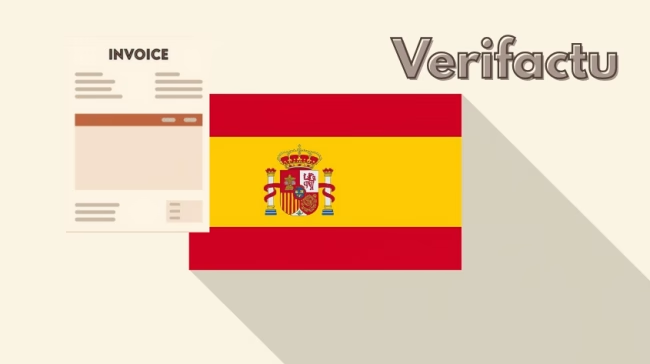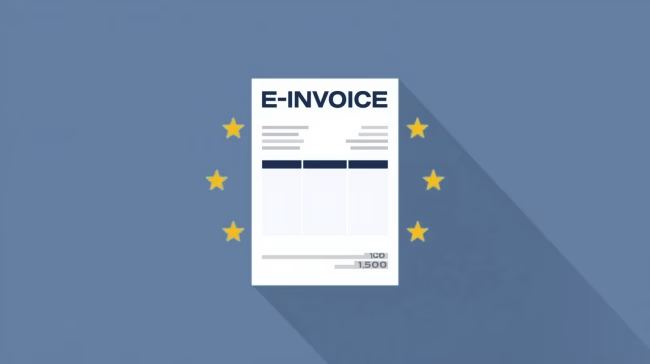The terms asset swap and liability swap refer to transactions in which the composition of the balance sheet changes, but not the total amount or equity. These transactions are recognised directly in equity. Both types of exchange are explained below.

Asset swap: redistribution on the assets side
An active swap describes a movement between two active stock accounts. The amount on the assets side remains unchanged; there is merely a shift in the values within the accounts.
Example:
A company buys office furniture for 500 euros and pays for it directly by bank transfer.
-
- The "Office and business equipment" account increases by EUR 500.
-
- At the same time, the bank account is reduced by the same amount.
The balance sheet total remains stable, as shown in the table below:
| Assets | balance sheet | Liabilities |
|---|---|---|
| Office and business equipment +500 | ||
| Bank -500 | ||
| Change in total assets: 0 |
Liability swap: changes on the liabilities side
The liability swap works on the same principle as the asset swap, but only on the liabilities side of the balance sheet. Here, one liability account is increased while another is decreased. Here too, the balance sheet total remains constant.
Example:
A company takes out a bank loan to settle outstanding liabilities:
-
- The "Trade payables" account (trade payables) decreases.
-
- At the same time, the "Bank liabilities" account increases by the same amount.
Let's assume the amount is 100 euros. The effects on the balance sheet are as follows:
| Assets | balance sheet | Liabilities |
|---|---|---|
| Liabilities from trade payables -100 | ||
| Bank liabilities +100 | ||
| Change in total assets: 0 |

Verifactu in Spain: the new invoicing obligation

The e-invoicing regulations in Europe

E-bill 2025 FAQs

Preparation for the introduction of CKS.EINVOICE

E-invoicing - The flexible EN 16931 standard

E-Invoice master data and settings in SAP Business One

Archiving of e-invoices

International e-invoices: differences and global developments

MariProject / Tool for e-invoicing

cks.eINVOICE -Addon for XRechnung & ZUGFeRD